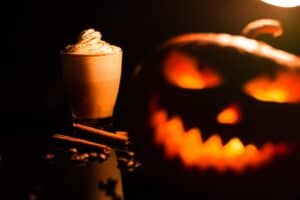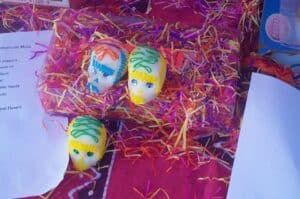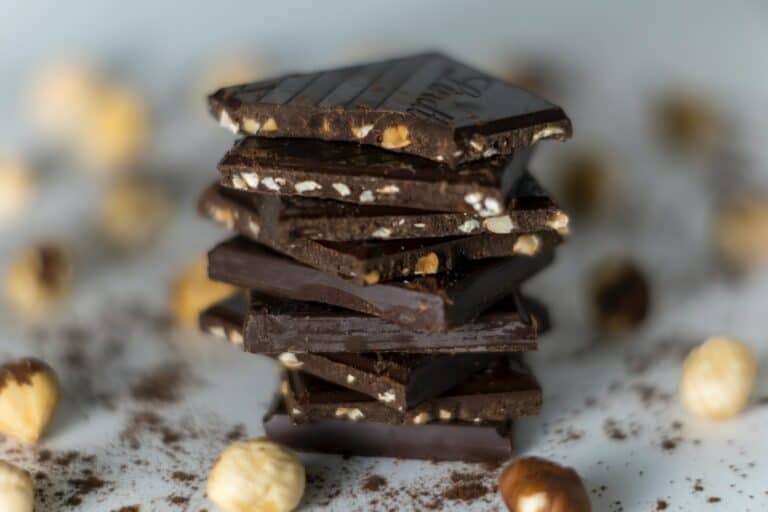The sight and smell of chocolate on Halloween can be impossible to resist. Chocolate cravings on Halloween are a common occurrence, but have you ever wondered why we find it so irresistible? In this article, we will explore the psychology behind chocolate and the day of the dead, our chocolate cravings on Halloween and delve into the cultural and psychological influences that make this sweet treat a staple during this festive season.
The Day of the Dead and Chocolate Cravings
The Day of the Dead, also known as Día de los Muertos, is a Mexican holiday that takes place around the same time as Halloween, from October 31st to November 2nd. This holiday is a time for families to celebrate and remember their deceased loved ones, and it plays a significant role in the psychology of chocolate cravings on Halloween.

Mexican Halloween Traditions: Chocolate and the Day of the Dead
In Mexican culture, chocolate holds a special place during the Day of the Dead celebrations. Mexican hot chocolate, also known as “chocolate caliente,” is a traditional beverage served during this time. Made with rich cocoa, cinnamon, and sometimes honey, Mexican hot chocolate is a warm and comforting drink that is often enjoyed alongside traditional Mexican sweet bread called “pan de muerto.”
The Symbolism of Chocolate and Sugar Skulls
Sugar skulls, or “calaveras de azucar,” are intricately decorated sugar skull made of sugar that are associated with the Day of the Dead. These sugar skulls often bear the names of deceased loved ones and are placed on altars, along with favorite foods, drinks, and other items. Chocolate, being a sweet and indulgent food, is frequently included on these altars to honor the departed and to entice their spirits to return for the festivities.

Psychological Aspects of Chocolate Cravings
There are several psychological factors that make us crave chocolate on Halloween and during the Day of the Dead celebrations. One of the main reasons is the association of chocolate with comfort and pleasure. Chocolate stimulates the release of endorphins, which are known as “feel-good” chemicals in the brain. This association makes chocolate an appealing choice when seeking a mood boost or a reward.
Furthermore, the act of sharing and consuming chocolate during family gatherings and celebrations strengthens bonds and creates a sense of community. The aroma and taste of chocolate evoke positive emotions and memories, making it a staple not only during Halloween but also during other festive occasions.
Cultural Significance and Chocolate Cravings
The cultural significance of chocolate during the Day of the Dead celebrations cannot be overlooked. In Mexico and other Central and South American countries, the Catholic Church recognizes the Day of the Dead as All Saints’ Day and All Souls’ Day. These holidays are symbolic of honoring deceased family members and friends, further entwining the connection between chocolate, food, and remembrance.
In conclusion, the psychology of chocolate cravings on Halloween and during the Day of the Dead celebrations is deeply rooted in cultural traditions, emotional connections, and the pleasurable effects that chocolate and hot cocoa have on our brains. From the Mexican hot chocolate and pan de muerto to the sugar skulls and delicious treats offered to deceased family members, chocolate plays a vital role in honoring and remembering loved ones during these festive occasions. So, the next time you find yourself irresistibly drawn to a chocolate treat on Halloween, remember the rich cultural and psychological influences that make it so compelling.
